Basics of Vastu Shastra
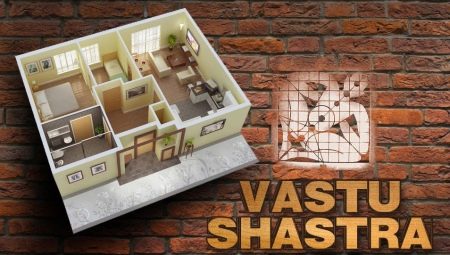
Harmony in the house is a guarantee of happiness and health. The teachings of Vastu Shastra will help to properly organize the living space so that all energies in it are evenly distributed and beneficial. It is not difficult to understand the basics of this system, its rules are quite understandable for an ordinary person.
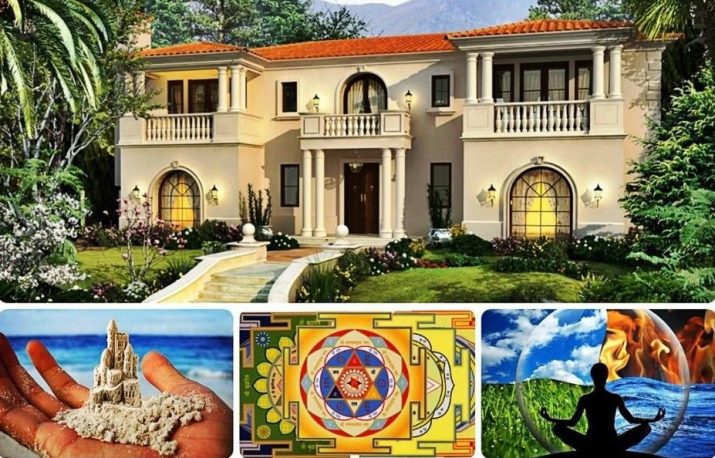
The history of the creation of the doctrine
The sage Mayan is considered the founder of the direction. It was he who collected the scattered knowledge and formalized them into a single system, which was called Vastu-shastra. Translated, this means "the science of construction." There is also another interpretation - "Knowledge of space"... Initially, the system was used in the construction of religious Hindu sites, for planning temple architecture, but later it penetrated into other areas, including civil engineering and the design of ordinary apartments.

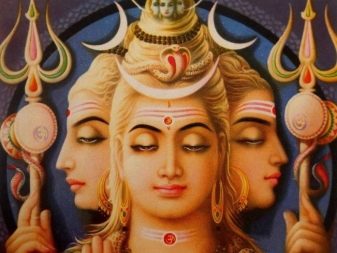
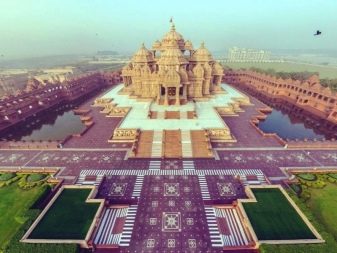

The teachings of Vastu Shastra are very ancient, these traditions were passed down from generation to generation for 10 thousand years.... It was this system that became the basis for another popular trend - Feng Shui. If you compare them, you can see many similarities. However, the Chinese teaching is more focused on dynamic processes, movement and flow of energy, and Vastu Shastra puts the influence of more fundamental and unchanging concepts at the forefront. If you follow Feng Shui, then you need to correct the situation in your home from time to time according to the changing cycles, but the Hindu direction allows you to put everything in its place once and no longer worry about it

In part, the Vastu Shastra theory also intersects with the Slavic canons of construction. This is not surprising, because, despite the difference between peoples and mentalities, there is a global concept of harmony that can be considered common to all. That's why, if you like the Hindu teaching, there is nothing wrong with using it in construction planning and design.
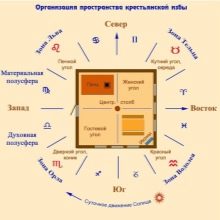
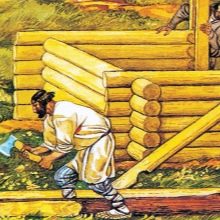
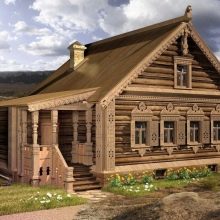
One of the basic concepts of this system is Vastu Purusha. It can be considered the embodiment of the soul of the house... Each building has its own Vastu Purusha, which is placed in a certain way. And the construction must be planned so that nothing interferes with it, then the tenants will be fine, the spirit will take care of their peace and well-being. However, even if the building is not located according to the canons, you can correct the situation using spirals, pyramids, mandalas and other symbols that are designed to correct the movement of energies.
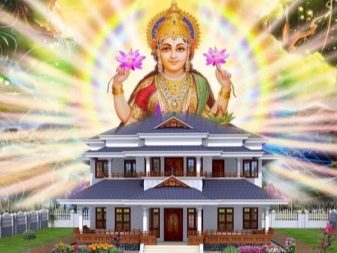
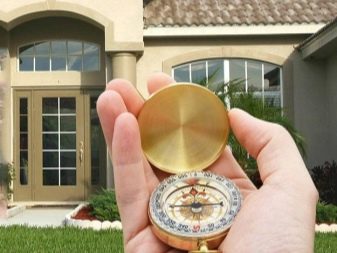
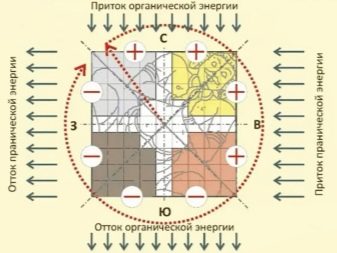
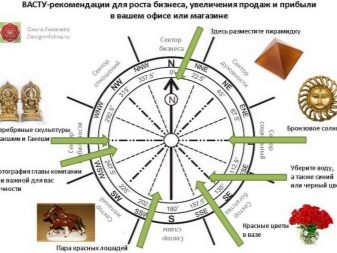
During the calculations, not only the location of Vastu Purusha is taken into account, but also other important points:
- pad characteristics;
- the influence of the planets of the solar system;
- features of deities who patronize certain parts of the world;
- properties of the elements;
- personal astrological data of the residents.
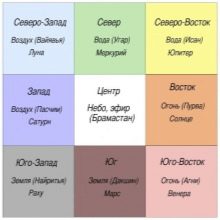

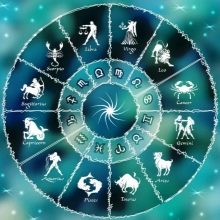
It is necessary to process a lot of information, therefore, for full-fledged calculations, a specialist who works with Vastu-shastra is invited - he will be able to correctly disassemble and take into account all the nuances. However, there are more general, simple guidelines that anyone can follow to add harmony to their home.
Entrance location
One of the most important places is the door. It is associated with the movement of energies, but both positive and negative types of it can penetrate through it. That is why it is necessary to equip the entrance so that it attracts everything favorable, but protects it from negative influences.
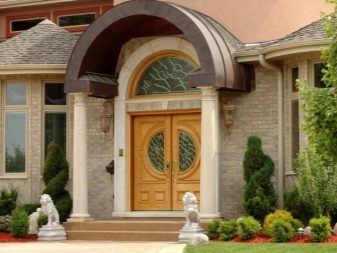
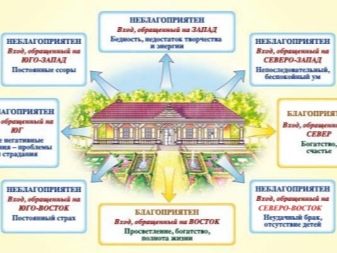
First of all, the location of the door is taken into account.
- The best option is on the east side. It is there that the energy of the Sun is maximally manifested. It has a positive effect on the health of the residents, gives clarity of mind and helps in the fulfillment of desires.
- North or northeast is not a bad solution... Entering from this side will help bring good luck into the house.
- The door to the west is allowed only if there is no way to set it in a more favorable direction.

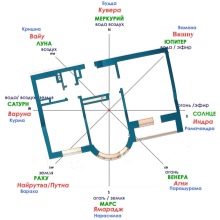
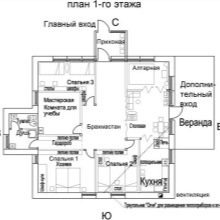
It is highly undesirable to make an entrance in the south or southwest - there is the zone of influence of the god of death Yama and the planet Rahu, which attracts unfavorable changes. These rules also apply in the case of balconies, terraces and verandas.
There are also nuances regarding the design and decoration of doors.
- Sacred signs and symbols help to attract good luck. The entrance should be decorated with images of lotus, leaves, birds. In addition, special protective yantras are used, which can be attached to either side of the door.
- Blue and yellow shades are favorable., it is recommended to add them when decorating the entrance structure.
- The door must be of good quality, without cracks or damage, the hinges must be lubricated in time so that they do not creak.
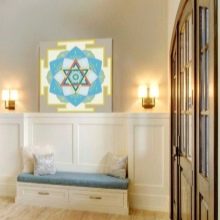
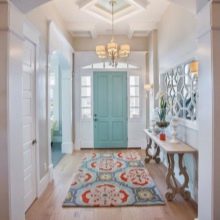

To protect and attract good energies, a sacred plant is often planted in front of the entrance - basil... If it is not possible to organize a garden bed or at least put a pot, then you can make an appropriate drawing on the door or adjacent walls. A basil ornament will have a similar effect.
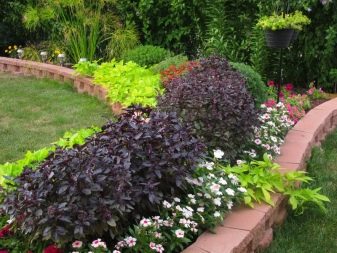
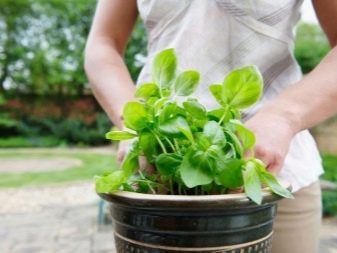
How to arrange the rooms?
The most favorable shape for a house is a square or rectangle. The rooms inside must also be arranged in a certain order, since each sector is controlled by a certain planet.
- The energy of the Sun is concentrated in the eastern part.... It is associated with creativity, career, business, activity. It is good if there are windows, an additional entrance or a balcony - good energy will come into the house through them.
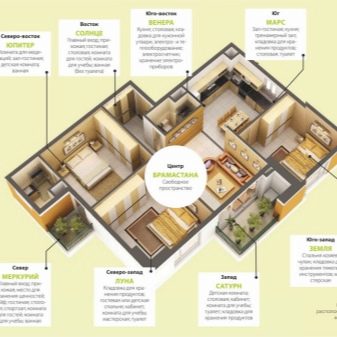
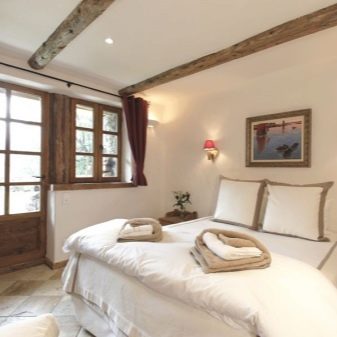
- Northern sector associated with communications, intelligence, learning. It is run by Mercury. There may be a workshop, a study room, or a reception hall.
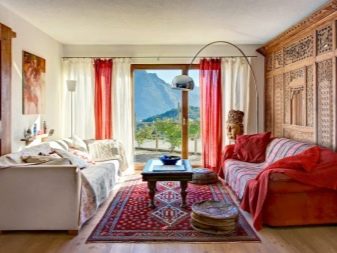

- Southern zone associated with strength and assertiveness - these are aspects of the planet Mars. In this area, you can place a bedroom or a nursery. There may also be a pantry in the south.

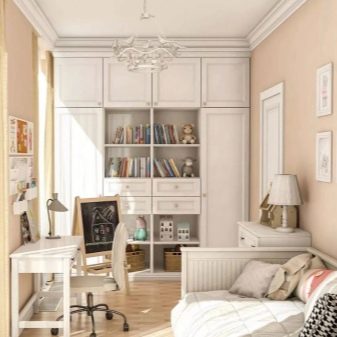
- Western sector - place of influence of Saturn. It requires respect and discipline, so a workplace can be set up in this area. Also, the west is associated with cleanliness and is suitable for a bathroom or dining area.
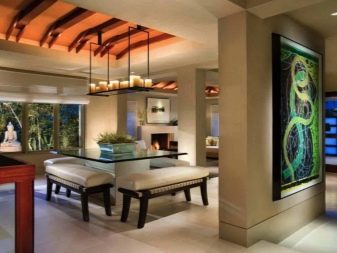
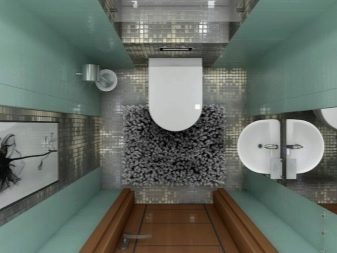
It is also worth paying attention to the corner areas of the house, where different sides of the world touch. They have their own characteristics.
- Northeast is an important zone... It is run by Jupiter. In this area there may be a study or reception room, a place for prayer with an altar.
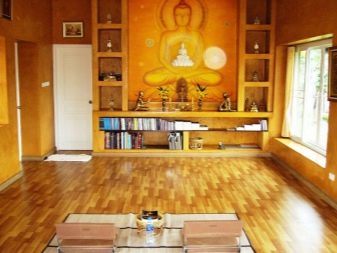
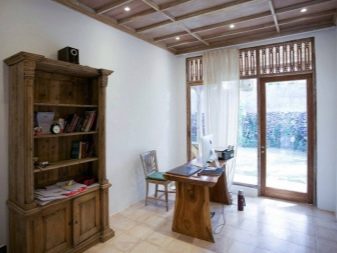
- In the southeast the fire element is strong, so a kitchen can be located here. This zone is ruled by the planet Venus.
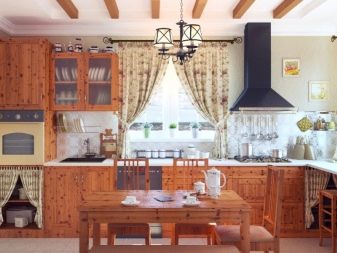
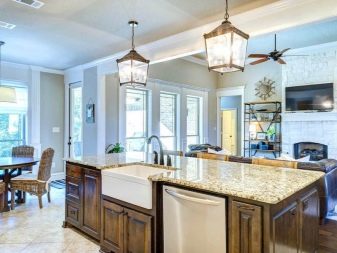
- Southwest - closed energy sector. If you put something here, it will stay there for a long time, so the zone is suitable for installing storage systems. There may also be sleeping rooms in this place.
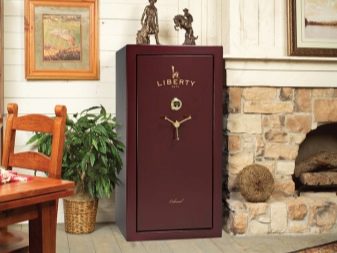

- Northwest zone has a light energy and is suitable for a nursery. In addition, you can equip a bathroom there.
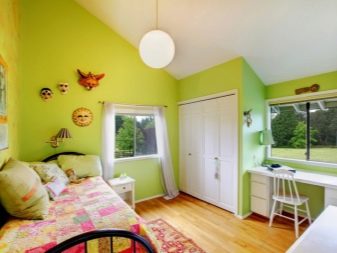
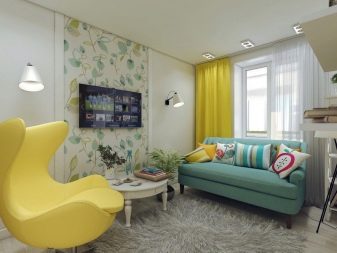
The center of the house is considered an important point. There must necessarily be free and clean space so that the energies can circulate correctly. There should be no partitions or piles of furniture at this point.
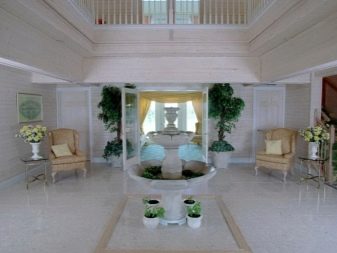
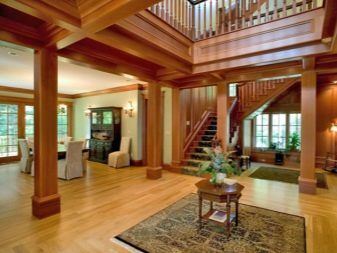
Other golden rules of science
Vastu Shastra not only talks about how to arrange the premises in the house, but also has other important principles that should be considered when developing a layout or design. In fact, even small details can make a difference. For example, certain images of animals bring good luck, while others repel it. Knowing these secrets, you can learn how to create a harmonious space.

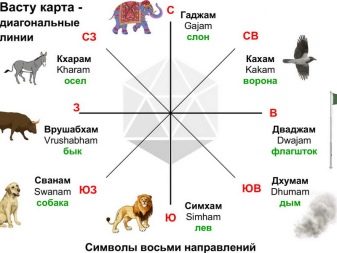


The laws of Vastu Shastra can provide advice on any subject, including how often cleaning should be done or where the tree should be placed.
Orientation
This rule applies to the location of the house. The building should be oriented strictly to the cardinal points. Deviations lead to disturbances in energy flows. The plan of the house is made, focusing on the magnetic poles of the Earth. If the structure has an irregular shape, then it is recommended to correct it by adding rooms or changing the proportions of the structure.

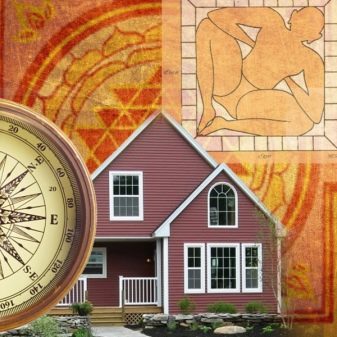
As a last resort, you can use various geometric elements:
- circles and horizontal lines attract the element of Water;
- squares needed to increase the influence of the Earth;
- if the room lacks Fire, then there must be triangles or vertical lines;
- diagonals personify Air.

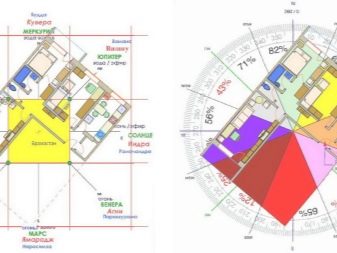
Sacred symbols can also be used for correction. They have a positive effect not only on space, but also on a person's karma.
Vastu Purusha Mandalas
When planning, a special scheme is also used, which helps to understand how the energies will circulate in the house. Vastu Purusha Mandala explains the qualities and properties of any space, small or large. Therefore, it can be used for any buildings and even for the design of entire cities. The diagram is a square, which is divided into sectors - they are associated with certain energies, deities and planets. This grid is applied to the layout of the house in order to understand where it is better to equip certain rooms.

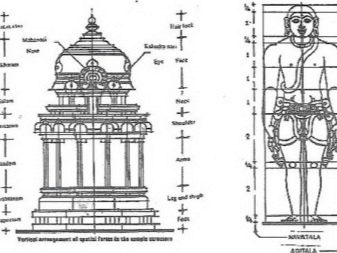
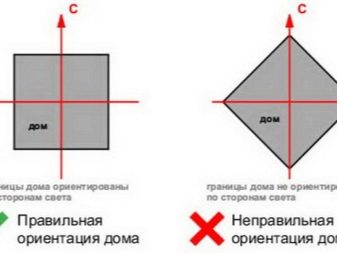
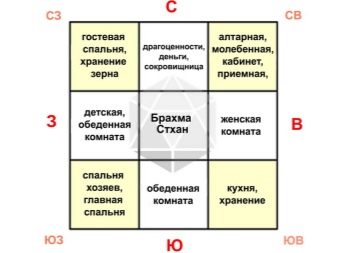
Birth stars
Vastu Shastra uses astrological data to create harmonious spaces. Residents of the house need to accurately indicate not only the place of birth, but also the time, with an accuracy of minutes. Based on this information, the astrologer makes calculations that help determine the energy characteristics of a person, temperament and other character traits. When planning a house, all this is taken into account, and the space is built in such a way as to promote the development of favorable traits, and suppress negative ones.


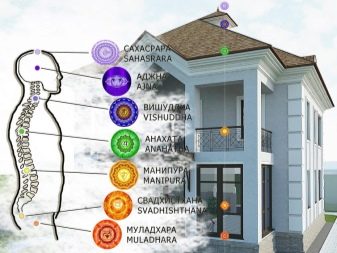

If the data of all family members cannot be obtained, then first of all they try to determine the star of the mistress's birth.It is she who maintains a favorable atmosphere in the house and is in charge of everything that happens inside, while the owner goes into the outside world in search of funds and resources to support the family.
Energy grid
Lines with specific energies are located around the globe. In science, this energy grid is known as parallels of latitude and longitude. This rule says that the scheme of the house should also consist of similar squares and rectangles. According to the principle of similarity, harmony is built between the energy system of our planet and the flows in a separate building.
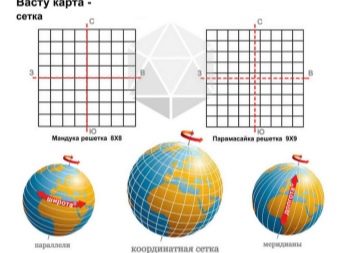
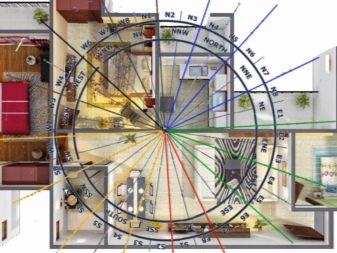


Sacred center
The middle of the house is called Brahmastan. This area is sacred. It is believed that Brahma, the supreme deity of creation, is responsible for this area. You need to treat it very respectfully, so the center is left free and open, it is not used for domestic needs. Usually, a spacious hall is made in this area, where important holidays and special events can take place.
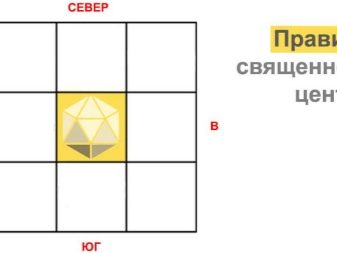
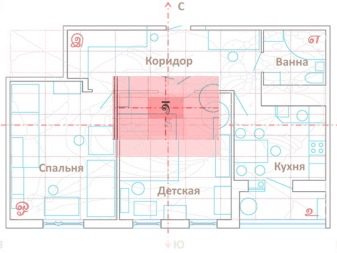
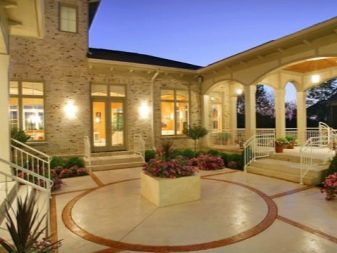
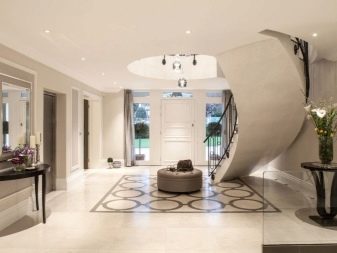
Harmonious color
The choice of colors when decorating rooms also has an impact on the overall atmosphere in the house. It is believed that each color has a certain energy, so you need to choose the right tones and correctly combine them with each other:
- in the north, all kinds of shades of green are recommended, light yellow is also suitable;
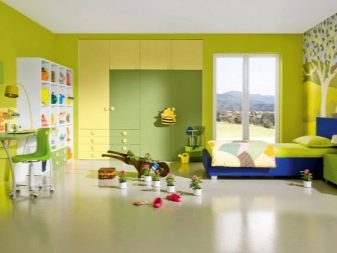
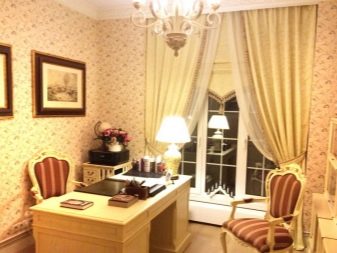
- orange, white, red, pink, gold are suitable for the east;
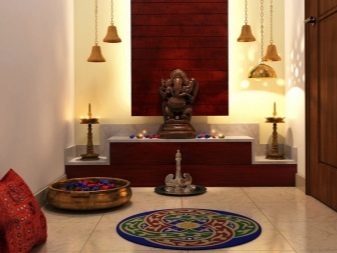
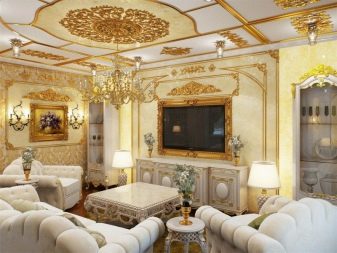
- in the south, burgundy, brown and a little black may be present;
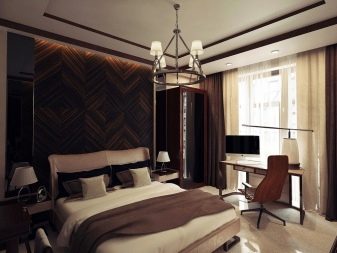

- west harmonizes well with blue and purple;


- in the northeastern zone, you can use white and yellow, blue;

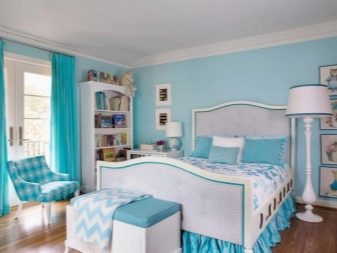
- red or orange is suitable for the southeast;


- in the southwest, gray or dark green is appropriate.


The most harmonious, according to the doctrine, are natural shades that are found in nature in the open air and in sunlight. It is best to avoid the abundance of dark colors, which in large quantities can create a depressing atmosphere. You should not use overly bright, acidic tones.


The rules for the selection of colors are advisory in nature, the main thing is that the shades in the interior are combined with each other and be liked by the residents. If any of the tones causes hostility among the owners of the house, you should not use it.
Acknowledgments
Vastu Shastra says that one's own home should be treated with respect.... Appreciate your home and love it, you do not need to constantly look for flaws in it and worry about it. Being harsh and careless will not do you good, but if you feel genuine gratitude, it can attract auspicious energy and give you a state of peace. According to Vastu-shastra, the house has its own soul, so it feels the attitude of the owners and responds in kind.
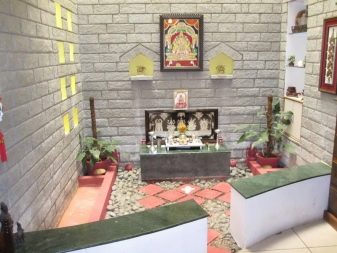


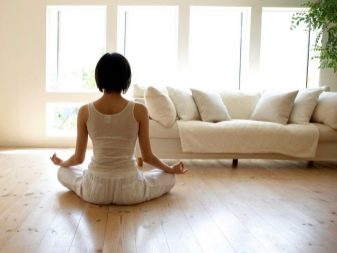
Gratitude can be expressed in many ways.
- Maintaining order. Do not forget to take out the trash, do wet cleaning so that dust does not accumulate on the surfaces, try not to litter the space. If you have unnecessary things, do not store them, but throw them away or give to those in need.
- Cleansing space at a subtle level. To eliminate negativity, it is recommended to regularly light candles, use incense or essential oils. The effect of sound also has a beneficial effect - often include mantras or classical music.
- Space decoration... Add décor and little things to create a cozy environment. If people are pleased to be indoors, they feel comfortable and can relax - this has a good effect on the general atmosphere and energy of the house.


Remember that Vastu Shastra is not a magical remedy for all problems. The teaching suggests how to create a harmonious space around oneself, but first of all, a person should have peace and balance in his soul.
